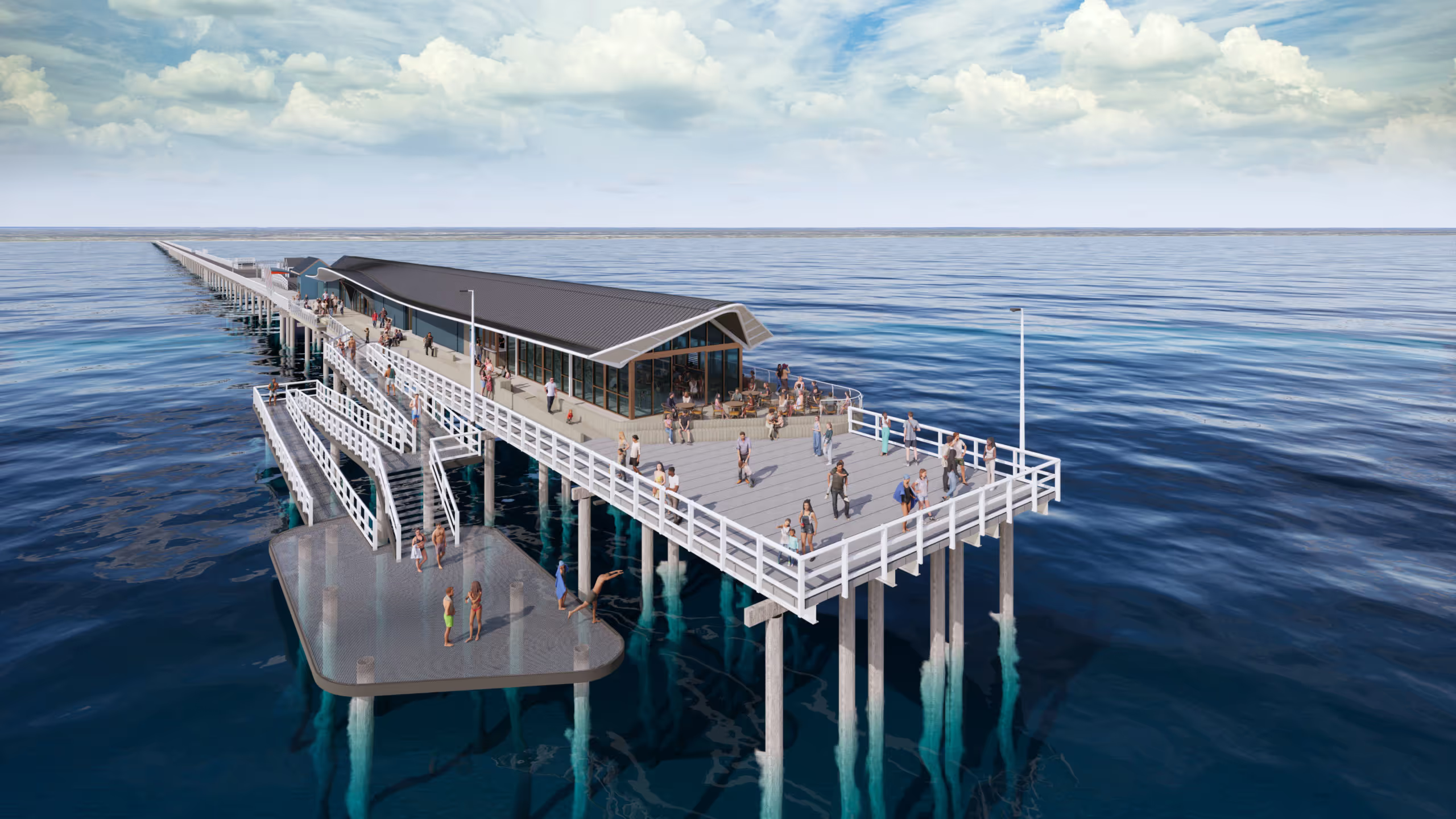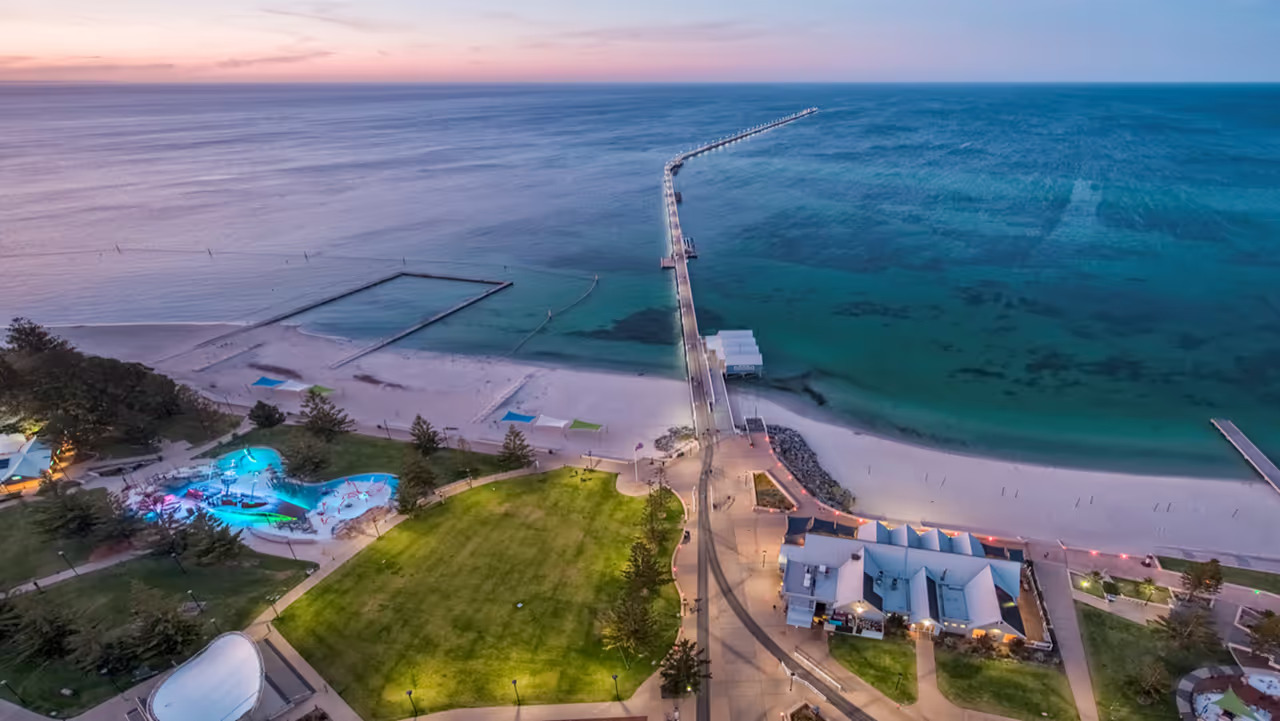
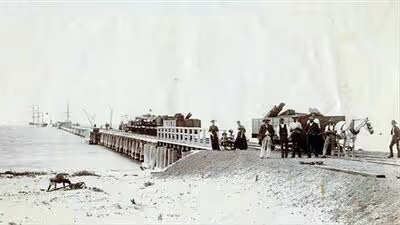
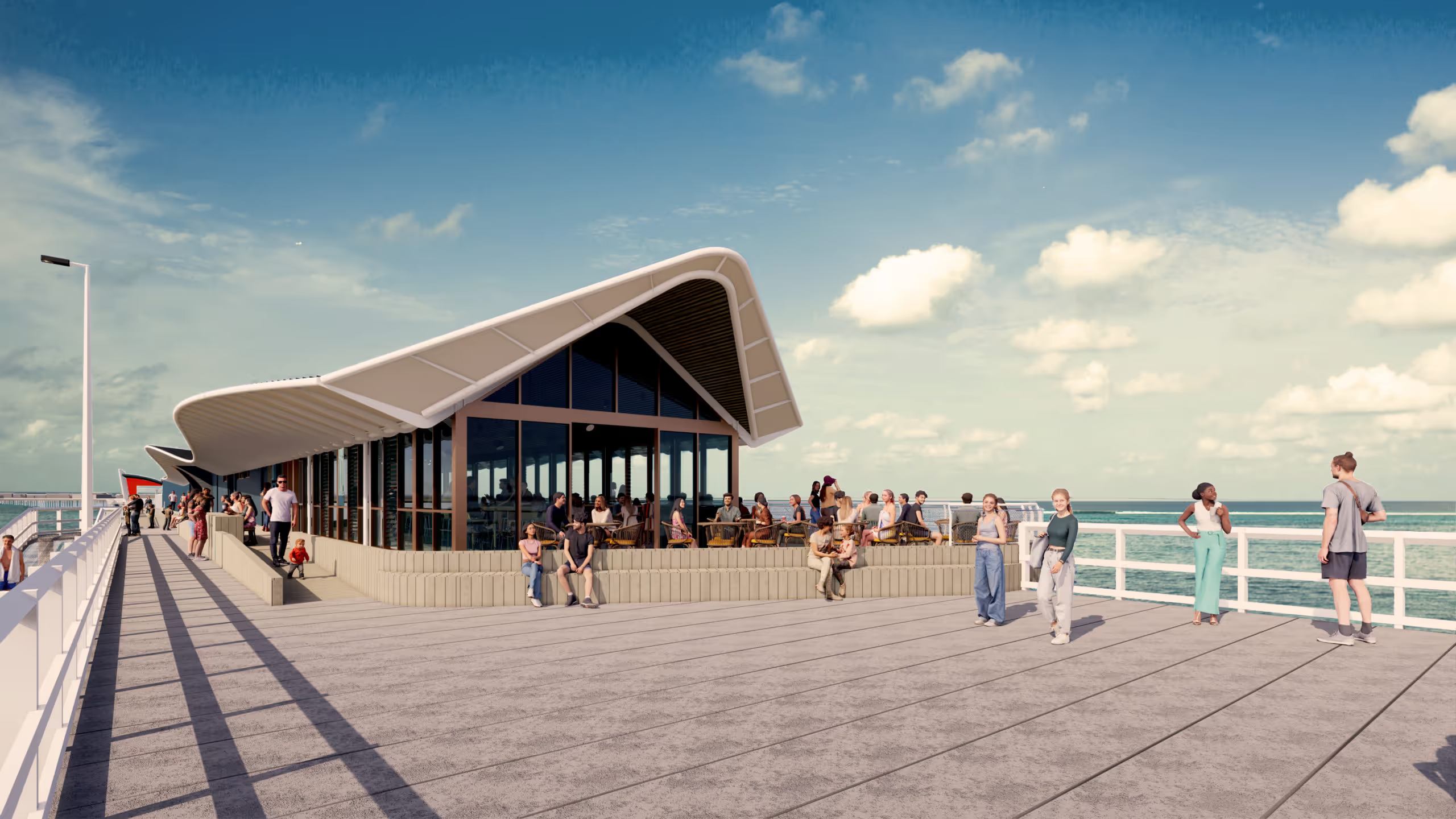
Location: Busselton Jetty, WA, Australia
Client: Subcon
Scale: 900 sqm
Cost: $AU30 million
Design Team:
Main Contractor - Subcon Blue Solutions
Lead Architect - BACA architects
Marine Engineering - Core Marine
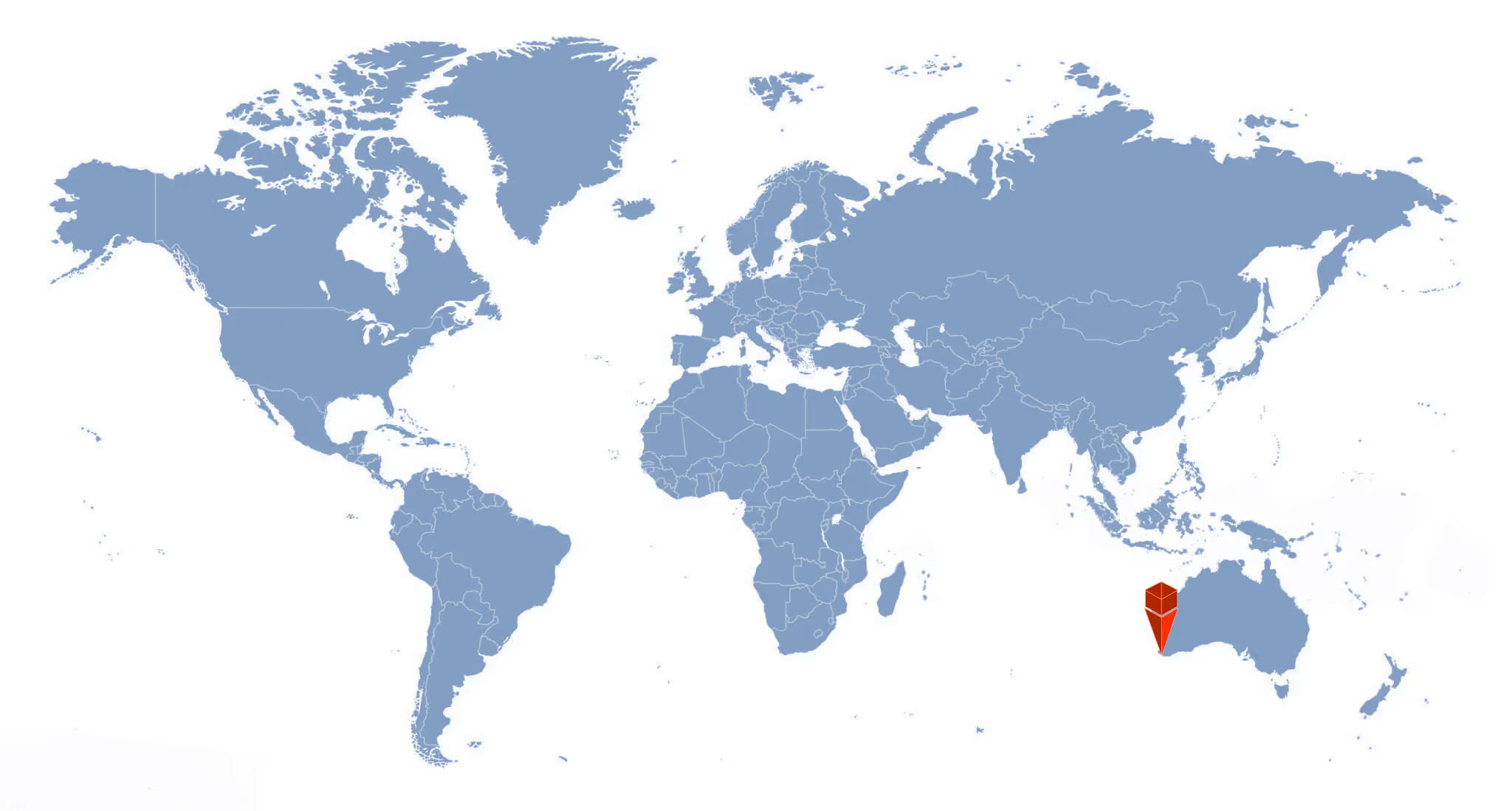


BACA architects have been appointed Lead Architects by marine contractor Subcon to deliver the Australian Underwater Discovery Centre (AUDC) and to retrofit the Busselton Jetty, Western Australia.
With a budget of AU$30million, the AUDC will become Australia’s largest natural marine observatory, located 2 km out at sea.
The project will include underwater dining, a retrofitted pier, and an upgraded existing café. Beyond its architectural significance, the AUDC is expected to generate around 200 direct jobs and catalyse thousands more in the local economy through hospitality, transport, retail, and trade, with an estimated AU$200 million economic benefit to the region.
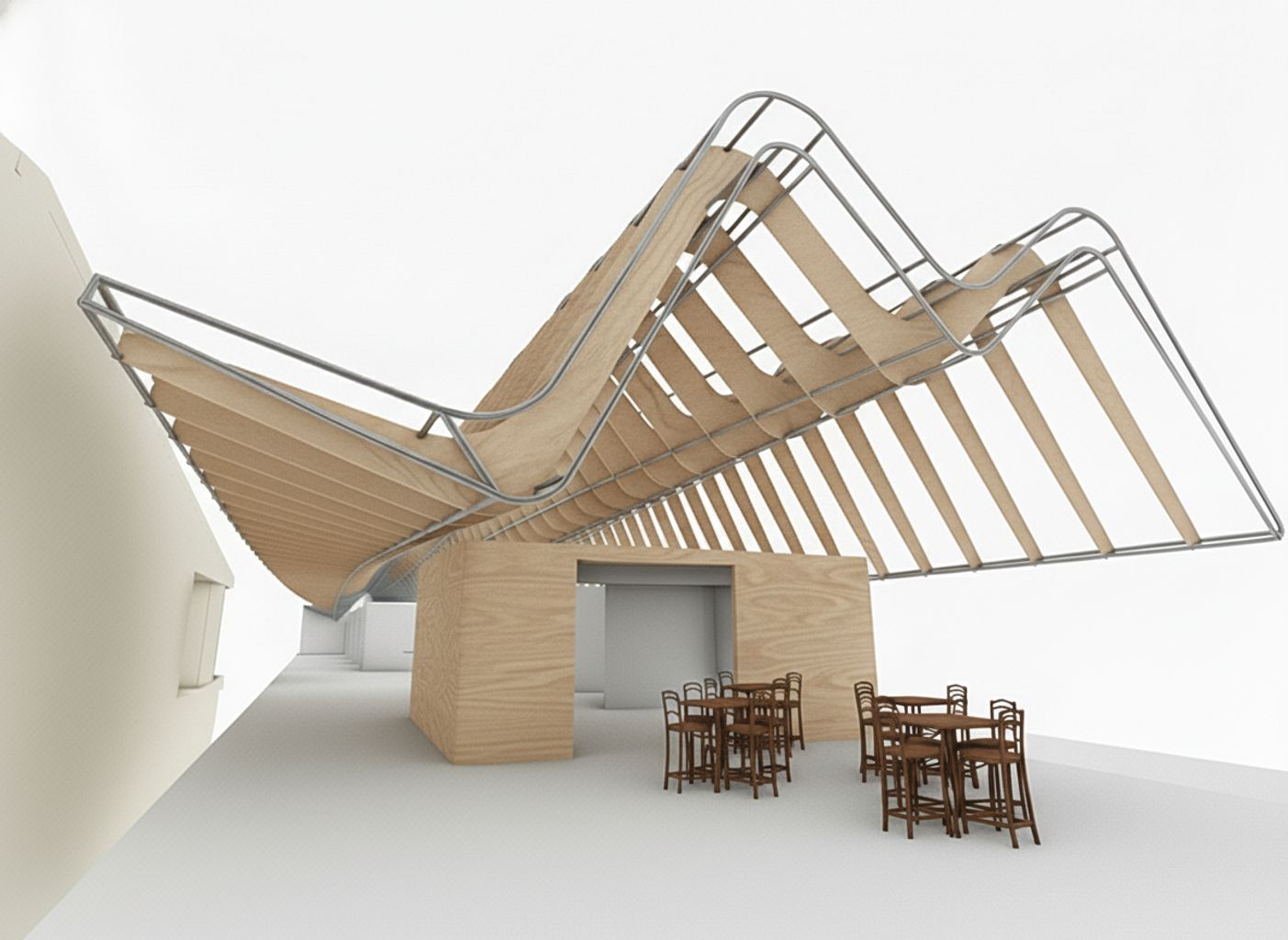

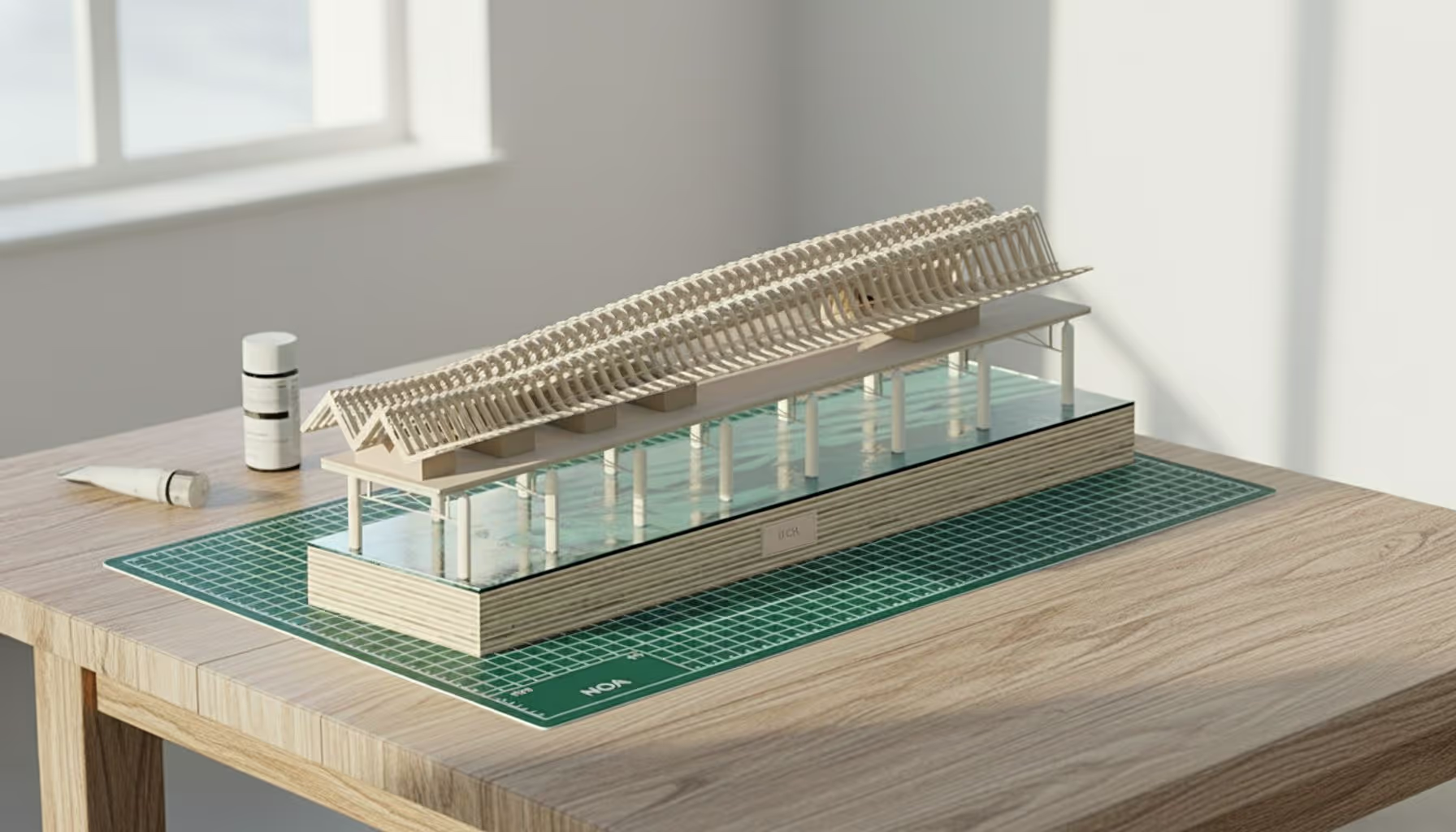
.avif)
The design process was inspired by the “Spy Hop” behaviour of whales, where they raise their heads above water to observe their surroundings, reflecting the centre’s marine-focused ethos. Community engagement played a key role: three design proposals were presented to the Busselton public, and the whale-inspired “Cetacean” design was selected as the most favoured. This collaborative approach ensured the project resonated both with local identity and environmental sensitivity, fostering strong community support for the development.
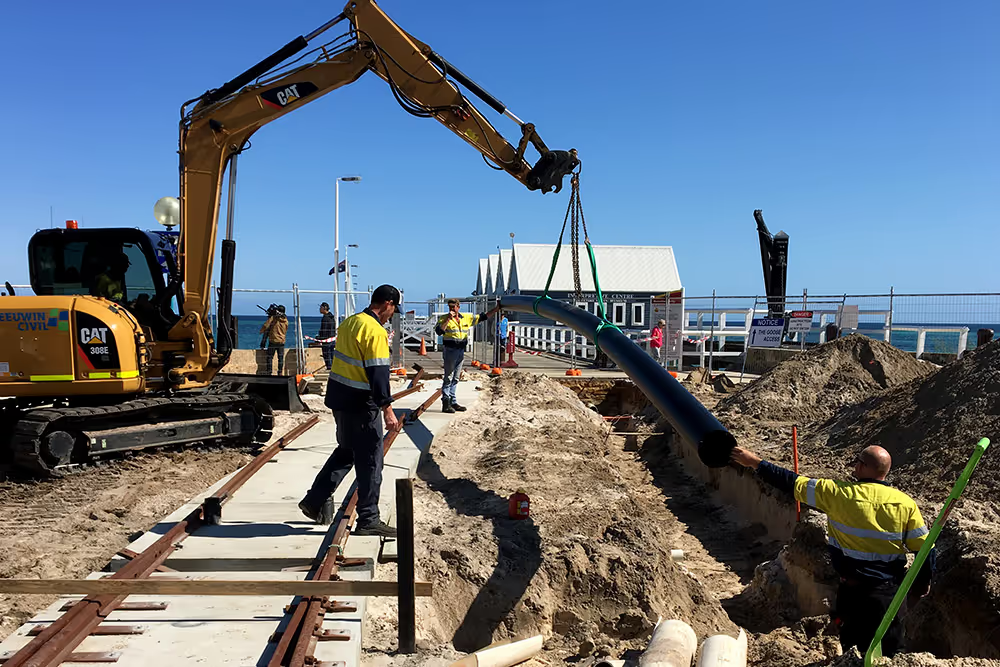

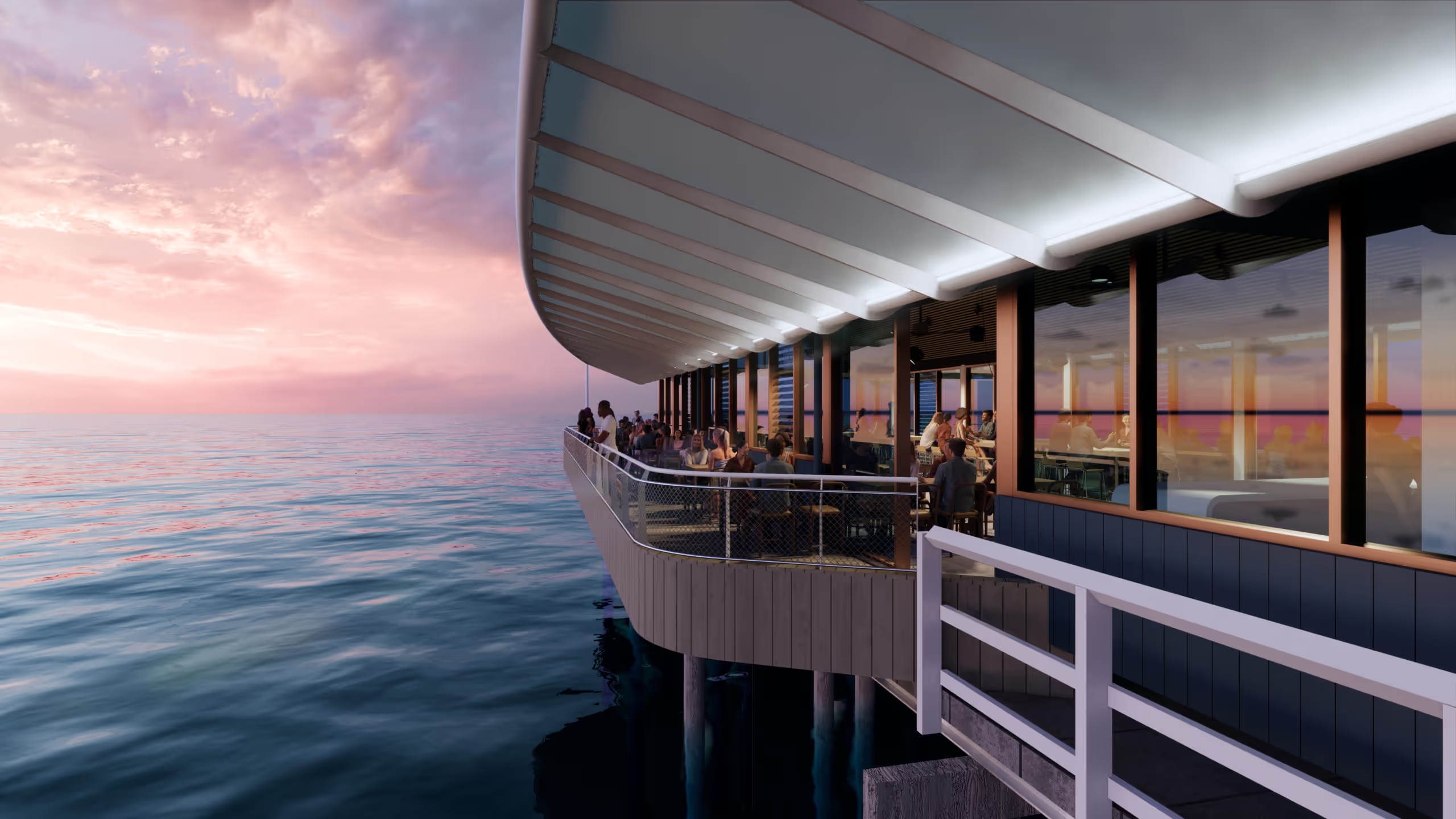
The AUDC’s architectural concept, named the ‘Cetacean,’ draws from whale-like forms, creating a striking visual identity while integrating functional requirements for the underwater observatory. The design incorporates a tessellated, ribbed structural system for the retrofitted pier, allowing it to accommodate the new program while respecting existing infrastructure. The underwater and above-water elements are carefully harmonised, combining aesthetic innovation with technical performance. The structure is intended to immerse visitors in the marine environment while supporting the complex engineering and environmental demands of a large-scale observatory 2 km offshore.
